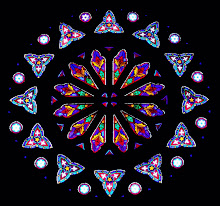
Most tonal music is notated with a key signature. It should be noted that ‘key’ and ‘key signature’ are not synonyms. F sharp major is a key; 6 sharps is a key signature. And most tonal music modulates from the home key and returns to it by the end of the piece. When the music moves to a secondary key, accidentals are inevitable, with special exception.
Let us use E flat major as a home key and consider its five diatonically related keys - F minor, G minor, A flat major, B flat major and C minor - in terms of the ‘accidental landscape’ when each of these secondary keys is in force: F minor - D flat, E natural; G minor - A natural, E natural, F sharp; A flat major - D flat; B flat major - A natural; C minor - A natural, B natural.
For minor keys, we shall use B minor, which like all minor keys, resides in a 9-note system including, in the case of B minor, the common accidentals G sharp and A sharp. Its related keys are D major, E minor, F sharp minor, G major and A major. For D major - this is the exception - accidentals disappear; E minor - C natural, D sharp; F sharp minor - G sharp, D sharp, E sharp; G major - C natural; A major - G sharp [and no A sharp].
An obvious conclusion can be drawn from this: as a musical score progresses, the music is not necessarily in the home key, or its attendant key signature, in every measure of the piece.
For your consideration: what are the clefs and key signature of the contrapuntal excerpt above? We can assume that the two clefs appear in order of register from bottom to top - bass, baritone, tenor, alto, mezzo soprano, soprano, treble. We should not assume, on the other hand, that the two clefs aren’t the same. There is more than one correct solution within these assumptions.

1 comment:
Well, I admit I know this one as I know the piece all too well! One of the great canons from Die Kunst der Fuge - so d minor is the key - treble and tenor are the clefs...
Post a Comment